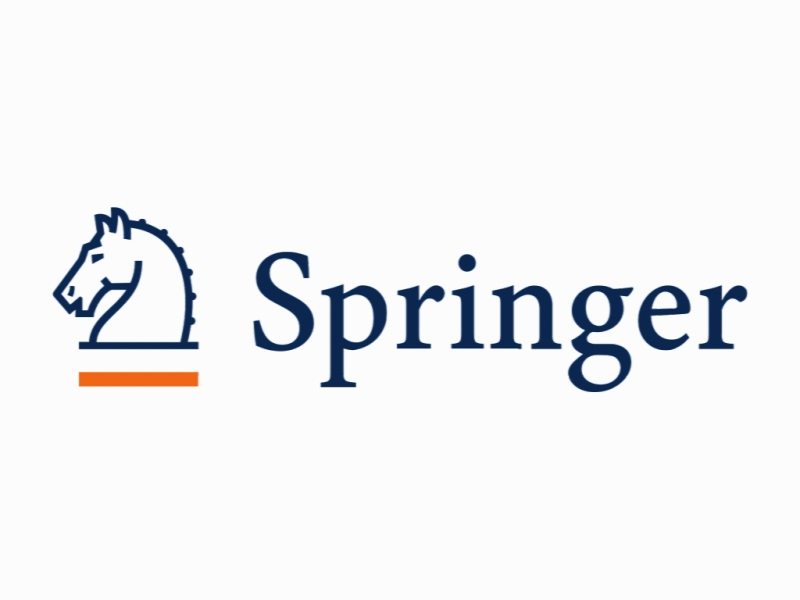سرمایه گذاری غیرمستقیم و عملکرد شرکت Intangible Investment and Firm Performance
- نوع فایل : کتاب
- زبان : انگلیسی
- ناشر : Springer
- چاپ و سال / کشور: 2018
توضیحات
رشته های مرتبط مدیریت و حسابداری
گرایش های مرتبط مدیریت مالی؛ مدیریت عملکرد، حسابداری مالی
مجله بررسی سازمان صنعتی – Review of Industrial Organization
دانشگاه Motu Economic and Public Policy Research – New Zealand
منتشر شده در نشریه اسپرینگر
کلمات کلیدی انگلیسی Firm performance, Industrial policy, Intangible investment, Productivity
گرایش های مرتبط مدیریت مالی؛ مدیریت عملکرد، حسابداری مالی
مجله بررسی سازمان صنعتی – Review of Industrial Organization
دانشگاه Motu Economic and Public Policy Research – New Zealand
منتشر شده در نشریه اسپرینگر
کلمات کلیدی انگلیسی Firm performance, Industrial policy, Intangible investment, Productivity
Description
1 Introduction Throughout his career, F. M. Scherer was interested in the determinants of frm performance, including how strategy and investment decisions—particularly related to technology and innovation—contributed to performance. The possible importance of management and R&D in productivity is an aspect of a broader developing realization of the importance of intangible investment in frm performance (Corrado et al. 2009, 2012; Bontempi and Mairesse 2015). We can think of frms as having stocks of intangible capital of various kinds, in the form of: knowledge about production possibilities; practices and procedures; strategies; organizational structures; etc. Intangible investment increases these stocks, just as traditional investment increases traditional capital such as machines and structures. And an increase in intangible capital should increase frm output and the productivity of labour, in a manner that is analogous to that resulting from increases in tangible capital. If we could measure the stocks of intangible capital, we could include them in estimating production functions for frms, and estimate their efect on output and their rates of return. But if we don’t include them in the production function, then their impact on output fows through to the “residual” or the productivity of the frm. This means that, in principle, observed diferences in productivity could be due to underlying diferences in the extent of intangible investment. Similarly, since we would expect frms to earn a return on their intangible investment, the proftability of the frm—measured in the traditional manner as profts relative to the value of traditional capital—should be increased by intangible investment. An alternative view could be that frms engage in intangible investment (e.g. employee training, organizational restructuring, new product designs) in response to perceived weakness or threats to the business. While this possibility is not inconsistent with such investment’s having a productivity and proftability payof, it suggests that observed investment might be concentrated in poorly performing frms and perhaps is thereby obscuring an underlying positive causal efect of intangible investment on productivity.1


